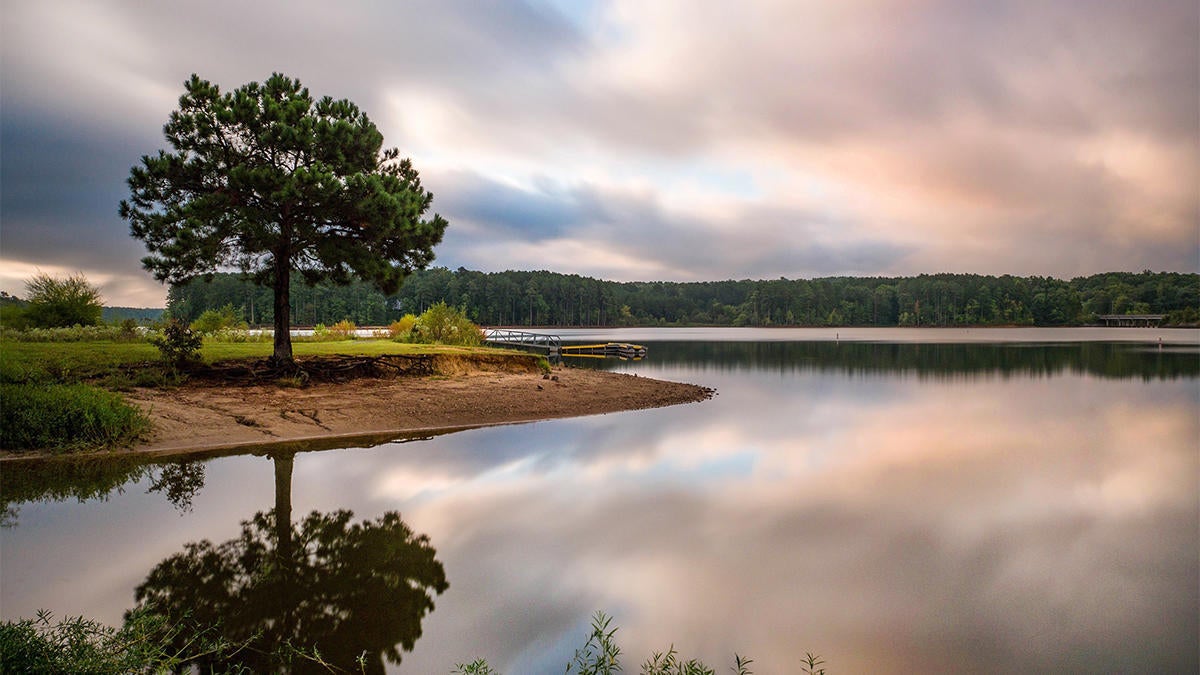Major League Fishing today announced that Raleigh, N.C., is the third destination for the 2019 Bass Pro Tour, and that three prolific nearby lakes will be used over the course of the event’s March 26-31 competition dates.
Falls Lake, Shearon Harris Reservoir and Jordan Lake are the waters to share in the prestige of hosting bass fishing’s newest and highest profile tournament series, which features 80 of the best professional anglers in the country.
“North Carolina is well-known for its outdoors and natural beauty and our amazing lakes are no exception,” said Tori Collins, Associate Director of the Greater Raleigh Sports Alliance. “We’re excited to showcase the fishing-rich culture of our region and all the Raleigh area has to offer to the best anglers in the country and spectators alike.”
“Raleigh is a great example of how our Bass Pro Tour format allows us to take advantage of smaller venues with excellent fishing opportunities among multiple lakes instead of our having to pick a spot based only on size,” said MLF’s Michael Mulone. “I know our guys are excited about visiting these great bass fisheries during the prime spring period. It’s sure to be a wildly entertaining competition.”
Located in the Cape Fear River drainage, Shearon Harris Reservoir is a 4,000-acre power plant lake considered to be one of North Carolina’s most prolific bass fisheries. A Wildlife Resources Commission fact sheet reports that an impressive 41 percent of the largemouth bass surveyed in 2017 were within the lake’s 16- to 20-inch slot limit. It also noted that back-to-back tournaments in 2017 were won with five-fish limits weighing over 40 pounds.
Falls Lake also gets high marks as a bass fishery. The 26-mile-long lake is said to have three very distinctive segments across its length, meaning that at least one area could be at the peak of bass spawning activity in the late March timeframe, potentially increasing the chances of a bass 10 pounds or more showing up.
Jordan Lake’s record largemouth bass stands at 14 pounds, 6 ounces. The 14,000-acre impoundment offers a diversity of angling cover and structure – ditches, islands, pockets and aquatic vegetation – that make it appealing to MLF’s anglers looking for springtime bass movement patterns.












